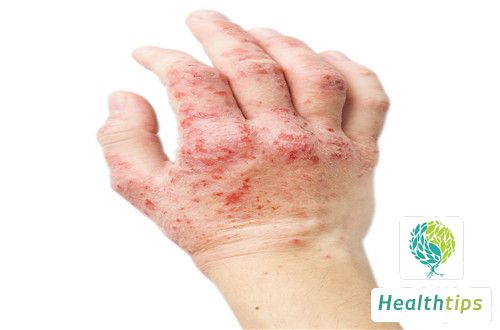"Why do small bumps on the sole of my foot hurt when pressed?"
Painful bumps on the sole of the foot when pressed are often considered to be caused by corns. Corns are conical keratin hyperplasias caused by prolonged walking or standing, commonly known as "meat thorns". They can be treated with corn plaster purchased from pharmacies and trimmed with a small knife. If medication is ineffective, cryotherapy or laser treatment can be performed at a hospital.

The clinical manifestation of corns is localized circular or elliptical keratin hyperplasia, ranging in size from needlehead to broad bean, with a pale yellow or dark yellow color. The surface is smooth and flat or slightly raised with a clear boundary, and a central inverted conical keratin plug is embedded in the dermis. The tip of the keratin plug stimulates the nerve endings of the dermal papillae, causing pain when standing or walking. Corns commonly occur on the anterior and middle parts of the plantar surface, especially on the third metatarsal head and the lateral margin of the hallux. They are also found on prominent and friction-prone areas such as the back or between the little toe and the second toe.
1. Topical Corrosives: Apply corn plaster or corn ointment externally, or use 10% salicylic acid ice acetic acid, 30% salicylic acid collodion, and crystal paste. When using topical corrosives, it is necessary to protect the surrounding skin by cutting a small hole in the center of zinc oxide adhesive tape, the same size as the skin lesion, pasting it on the skin lesion while exposing the lesion, and surrounding the hole with thin strips of adhesive tape twisted into a rope-like shape to form a dike. Then apply the medication and cover it with a large piece of adhesive tape. Replace the dressing once every 3 to 7 days until it falls off.
2. Physical Therapy: Electrocautery, carbon dioxide laser ablation, and X-ray exposure.
3. Surgical Excision.
To prevent corns, reduce friction and pressure. Wear soft and well-fitting shoes, and line the shoes with thick, soft insoles or sponge pads. Cut holes in the insole at the location corresponding to the corn (padded hole insoles). Individuals with toe deformities should undergo corrective treatment, and surgical treatment should be considered for external osteochondromas of the foot.



















